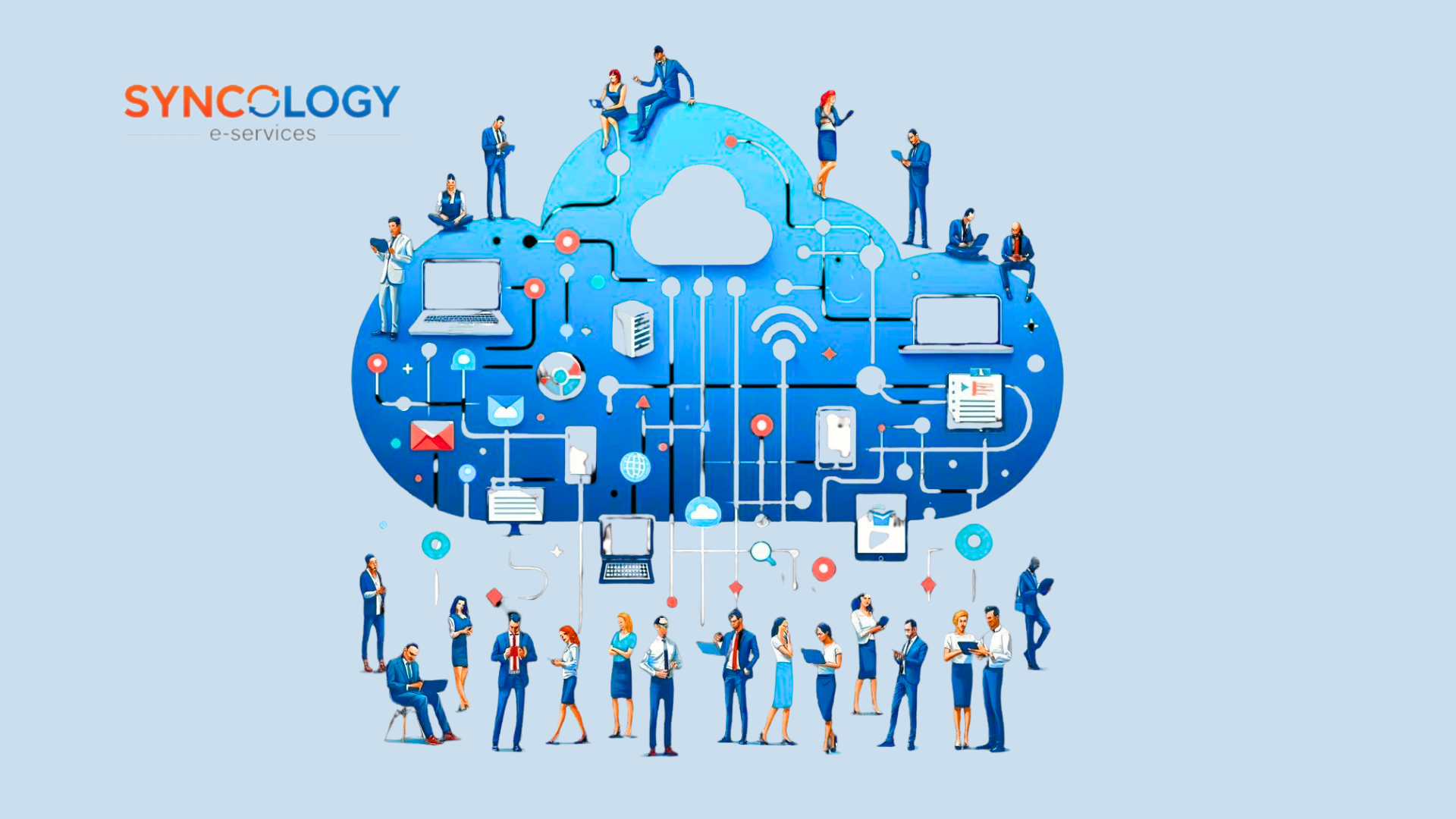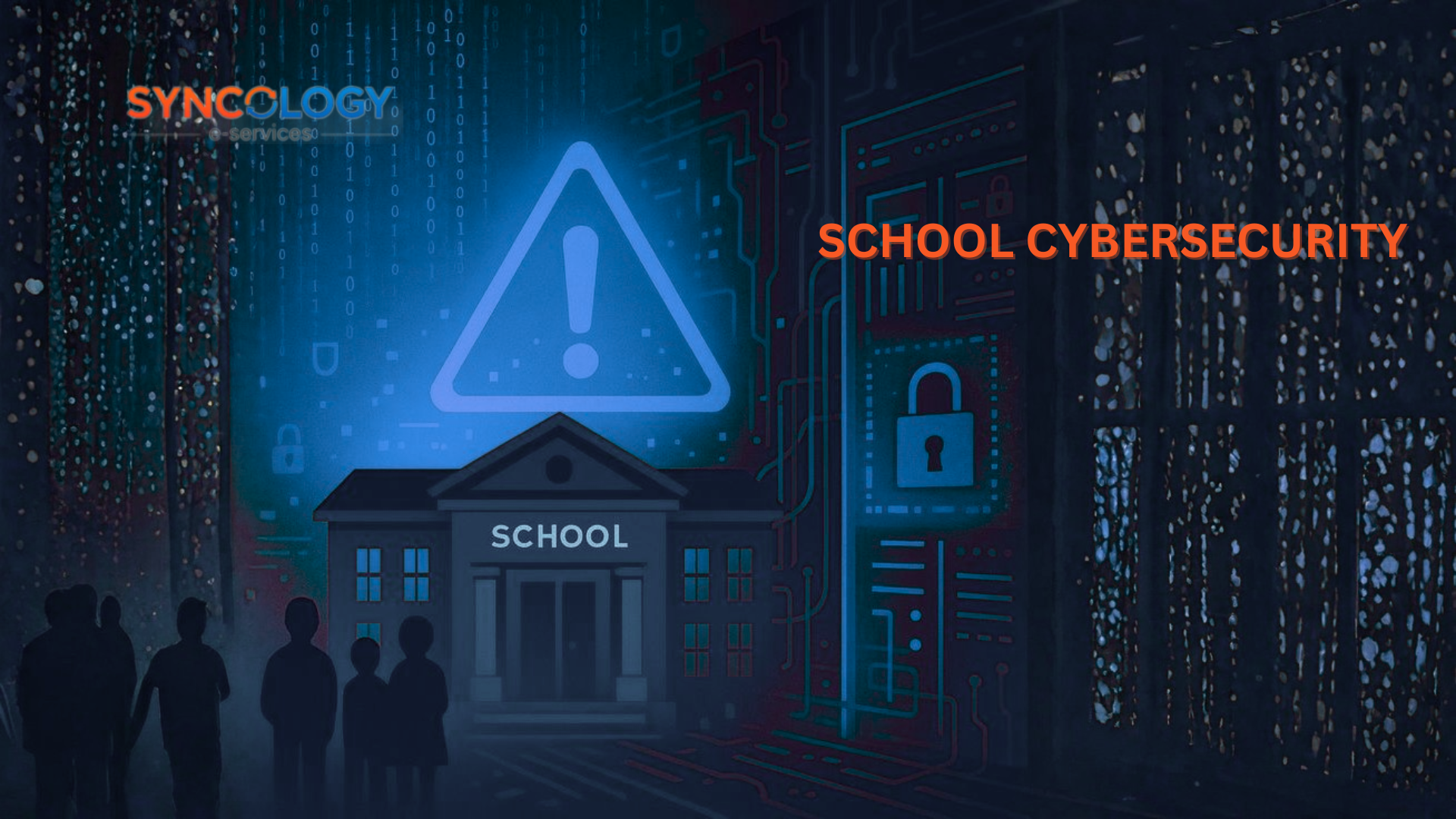
How Smart Network Infrastructure Empowers EdTech?
Smart network infrastructure has become the silent force driving today’s educational innovation. As schools embrace digital transformation, from interactive classrooms to cloud-based management systems, the demand for reliable and intelligent connectivity has never been greater.
It’s the invisible framework that keeps lessons running without lag, secures student and staff data, and connects every digital system under one roof. Whether it’s an ERP platform streamlining operations or CCTV networks safeguarding campuses, every EdTech success story starts with the right infrastructure.
In this blog, we’ll uncover how smart network infrastructure empowers schools to deliver seamless learning, stronger security, and smarter management across all departments.
Table of Contents:
- What is Smart Network Infrastructure?
- Why Smart Network Infrastructure Matters for Schools
- How Smart Network Infrastructure Empowers EdTech
- The Connection Between ERP Systems and Smart Network Infrastructure
- Building Smart Network Infrastructure in Schools: A Practical Roadmap
- Future-Ready Schools Start with Smart Infrastructure
- Conclusion
What is Smart Network Infrastructure?
Smart Network Infrastructure refers to an intelligent, connected, and secure framework that supports all digital systems in an organization. In the context of education, it ensures that every smartboard, computer lab, cloud platform, and learning management system runs smoothly.
Unlike traditional networks, a smart infrastructure integrates automation, cloud connectivity, and real-time data management. It can identify traffic patterns, detect potential risks, and optimize performance, all without constant manual intervention.
In simple terms, it’s what allows schools to focus on teaching, not troubleshooting.
Why Smart Network Infrastructure Matters for Schools
As schools adopt advanced EdTech solutions, their need for stronger and smarter networks grows exponentially. Let’s imagine a typical school day:
- Teachers connect to online portals for lesson planning.
- Students use tablets for digital learning.
- Administrators rely on an ERP system for educational institutions to track attendance, payroll, and academic performance.
- Security teams monitor multiple CCTV installations across the campus.
Each of these systems depends on a stable and secure network. Without one, slow connections, data breaches, or downtime can interrupt not only classes, but the entire school operation.
That’s why investing in smart network infrastructure isn’t a luxury anymore. It’s a necessity for schools aiming to deliver safe, connected, and future-ready learning environments.
How Smart Network Infrastructure Empowers EdTech
1. Creates Seamless Learning Experiences
Nothing disrupts a classroom like lagging internet or disconnected platforms. Smart infrastructure ensures high-speed connectivity that allows video lessons, online exams, and virtual classrooms to run without interruption.
This reliable connection supports classroom management systems that depend on live data, from attendance tracking to digital grading, and keeps students engaged through smooth, interactive learning experiences.
2. Strengthens Data Protection and Cybersecurity
Schools handle vast amounts of sensitive data, from student records to financial information. Integrating data center security solutions within your network ensures that every file and transaction remains encrypted and secure.
Paired with professional security camera installation and advanced firewall systems, schools can monitor physical and digital environments in real time, keeping their community safe both online and offline.
3. Connects Every Department Through One System
A school system management platform powered by a strong network infrastructure connects every corner of the institution. Teachers, HR, accounting, and administration share data seamlessly through one unified dashboard.
This centralization is especially valuable for cloud-based ERPs that require real-time updates and reliable access. With smart connectivity, the ERP can automate tasks like payroll, inventory tracking, or performance reports without delays or manual syncing.
4. Enhances Security Across Campuses
From classrooms to playgrounds, safety is a top priority. A smart network infrastructure enables centralized control of all CCTV installations and access points, giving schools full visibility of their premises.
Modern systems even allow remote monitoring, so whether you’re a security camera installer setting up the network or an administrator reviewing live feeds, every camera and sensor communicates through one intelligent network.
When combined with motion detection and analytics, smart cameras do more than record; they predict and alert before issues occur.
5. Supports Scalable Growth
As schools expand, their networks must grow with them. Smart infrastructure is designed to scale, allowing new classrooms, devices, or buildings to connect effortlessly without performance loss.
Whether adding more CCTV installers for a new wing, upgrading the Wi-Fi coverage, or expanding your ERP system for educational institutions, scalability ensures continuous performance and reliability.
6. Reduces IT Complexity
Smart network systems come with intuitive dashboards that help IT teams monitor bandwidth usage, identify issues, and control access.
That means fewer disruptions, faster problem-solving, and smoother classroom management operations. Schools no longer need multiple disjointed systems; everything is integrated, visible, and manageable from one place.
The Connection Between ERP Systems and Smart Network Infrastructure
Many schools invest in advanced ERP solutions but still face daily inefficiencies, slow data syncing, login delays, or report errors.
Often, the problem isn’t with the ERP itself but with the network it runs on.
A smart network infrastructure ensures that your ERP system for educational institutions can function to its full potential. With fast data transfer, secure access, and automated backups, your ERP becomes the central nervous system of your school, efficient, connected, and data-driven.
At Syncology, for example, our ERP solution “EduSync” is designed to integrate seamlessly with smart infrastructures, so that schools can manage academics, HR, finance, and security in one synchronized environment.
Building Smart Network Infrastructure in Schools: A Practical Roadmap
If your school is ready to move toward smarter operations, here’s where to start:
- Evaluate Your Current Setup
- Assess connectivity speed, coverage gaps, and existing hardware.
- Identify which systems rely most heavily on the network (ERP, LMS, security cameras, etc.).
- Invest in Professional Installation
- Partner with a trusted CCTV installer or network integrator who understands educational environments.
- Ensure proper cabling, device configuration, and failover systems.
- Secure Your Data Centers
- Implement data center security solutions such as encryption, firewalls, and continuous monitoring.
- Use cloud-based storage with multi-factor authentication for sensitive data.
- Integrate with Your ERP and Management Systems
- Ensure your school system management platforms communicate smoothly with your network.
- Automate daily tasks like attendance, payroll, and performance analytics through connected systems.
- Plan for Scalability
- Choose a flexible infrastructure that allows you to add more devices or services without disruption.
- Regularly update firmware, software, and security protocols.
Future-Ready Schools Start with Smart Infrastructure
The future of education is digital, dynamic, and data-driven. But technology can only thrive on a foundation built for speed, security, and scalability; that’s what smart network infrastructure provides.
By integrating powerful connectivity with CCTV installations, ERP systems for educational institutions, and data center security solutions, schools can build safer campuses, smarter classrooms, and more efficient operations.
At the end of the day, smart infrastructure isn’t about cables and servers; it’s about empowering people: teachers who teach with ease, students who learn without interruption, and administrators who make decisions backed by real-time insights.
Conclusion
In the evolving world of EdTech, smart network infrastructure is the silent hero behind every innovation. It keeps classrooms connected, data protected, and operations unified.
For schools seeking growth and digital transformation, the right infrastructure doesn’t just support technology; it amplifies it.
With EduSync from Syncology, your school can combine intelligent network design, seamless ERP integration, and advanced security to create a future-ready learning environment where education truly thrives.




